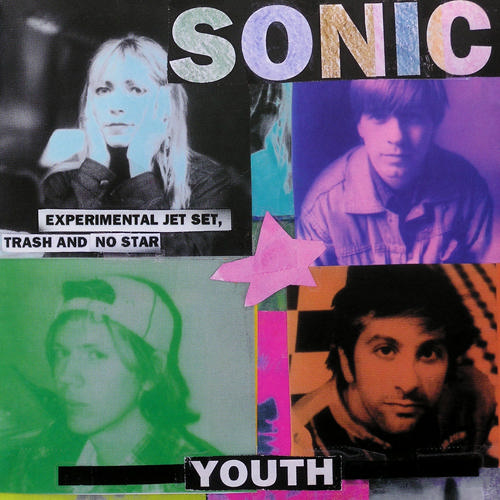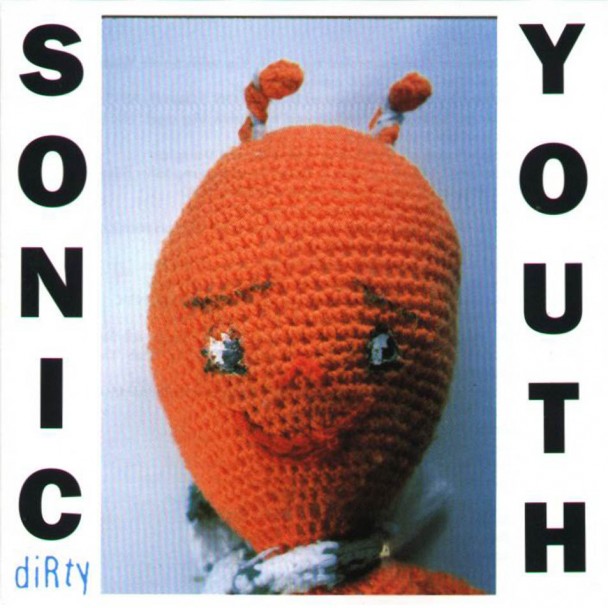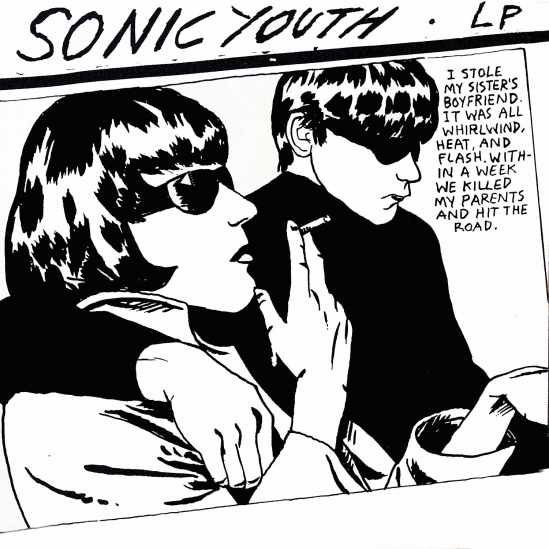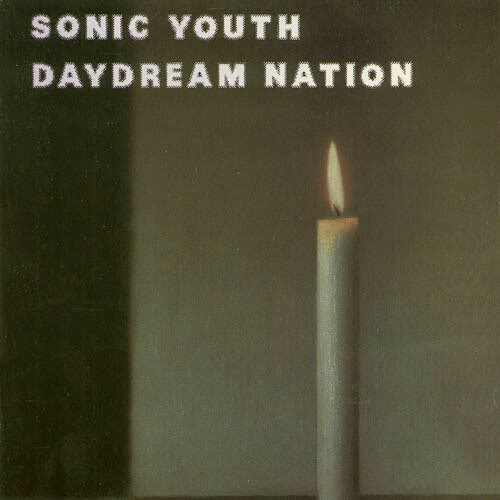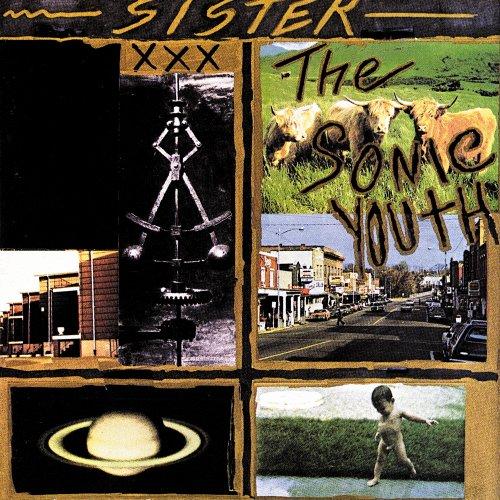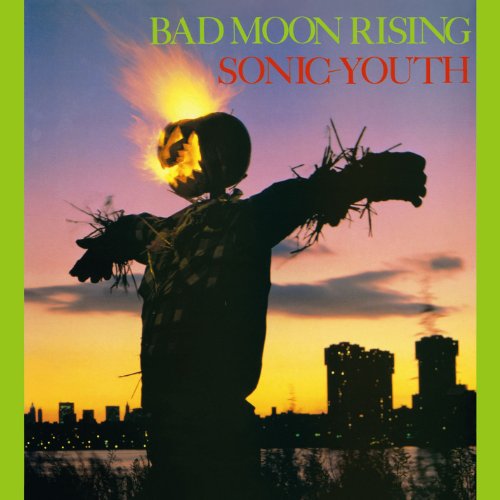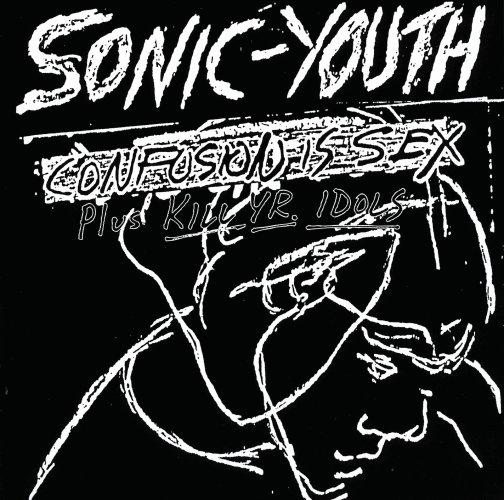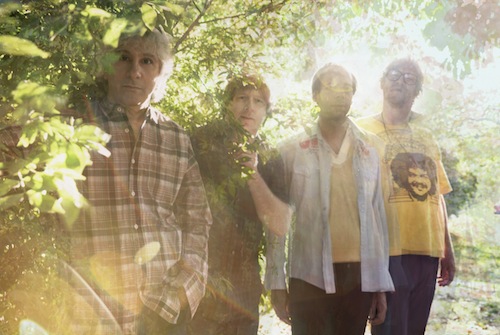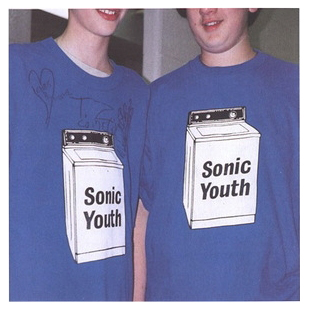
Not that I knew it at the time, but this would be the last Sonic Youth album I would listen to regularly for a while. They started to fall off significantly after “Washing Machine” came out and Sonic Youth and I started to part ways for a while. It definitely wasn’t because this is a bad album, because it isn’t. I think that this is one of the stronger albums in their oeuvre. They seemed to attach themselves a little bit more to that wide open and thinner aesthetic that showed up on “Experimental, Jet Set…” The sound of “Winner’s Blues,” if you will, became the guiding voice. At least that is how I hear it.
Everyone that’s reading this already knows that the wheels started to come off not long after this album was released. A lot of gear was stolen (stolen SY guitars are still turning up here and there) which found the band not just investing in new instruments, but a whole new approach given the instruments that they had at their disposal. More on that later.
This album is most notable, not only for having, strangely, their most instantly recognizable cover art since “Goo,” but also for the magnum-noise-opus “The Diamond Sea.” It was no surprise, yet still an odd choice, to release the 19+ minute track as the single off the album. Obviously it needed to be edited down significantly for mass consumption, which seemed like something very un-Sonic Youth, while at the same time sending out a song such as “The Diamond Sea” as a single is very Sonic Youth.
One definitely got their money’s worth when they purchased this album. At about an hour and 8 minutes the album is only a minute or two short of maxing out a CD. Come to find out even the 19+ minute version of “The Diamond Sea” is an edited down version. The fact of the matter is that it stands as one of Sonic Youth’s most intensely beautiful and emotionally driven tracks. It sounds like an ending, a farewell of sorts. If I had been old enough to think about such things when I was 14 and hearing this for the first time I would have been worried if it was going to be their last album. What a way to go out, with 10+ minutes of pure guitar feedback and a wall of noise.
The whirling cloud of howling guitars is at once acknowledgement of past work, looking back from an entirely different world. It’s a farewell of sorts, and little did they know exactly how fitting that farewell would be for at least a little while. I think that a song that epic, especially when used to conclude an album, can’t help but sound like a closing off of something, or maybe everything. It has so much power that everything afterward can be viewed as a coda in their career. They had made it this far, 13 years and 9 albums, without a misstep. Maybe “The Diamond Sea” is the band reminding us that even after a career that at that point had surpassed nearly all their contemporaries in longevity and (relative) commercial success.
Whereas “Bull in the Heather” was a “hit,” a song that even people that didn’t know Sonic Youth, knew; “The Diamond Sea” resonated deeply with long-time fans. At least this is how I perceived it when I was hearing “Washing Machine” for the first time.
It would be a few years before another “proper” Sonic Youth release, meaning another release on DGC. Two years after “Washing Machine” was released the band started working on their SYR series of albums, showcasing their instrumental and more experimental material. To me the albums are sonic sketchbooks, where material for future albums will occasionally appear within different contexts. That was the power of “The Diamond Sea,” it fits well within the context of a mass market album, yet guides us smoothly into the band’s own world of music exploration.



